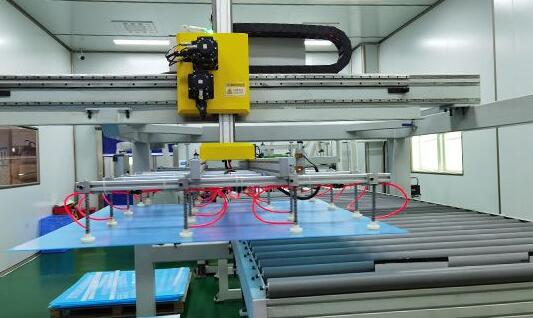-
Mob.:
+86 135 9088 4785
+86 135 9088 4785
Are you considering buying acrylic and then having problems with cast or extruded pop-ups? How do you choose between paper and film? Here is a guide to help you determine the best fit for your project.
Cast acrylic
Cast acrylic is created when acrylic liquid is pumped between two glass molds and submerged in warm water. This manufacturing method allows for smaller batches than extruded materials. Therefore, most of the colored or textured acrylic you see is most likely cast acrylic. When comparing cast and extruded materials, cast acrylic is usually considered to be the higher quality of the two, even though they both have benefits over the other. The following are some of the benefits of cast rather than extruded.
1. More scratch resistant
2. Higher chemical resistance
3. Cleaner edges after cutting or CNC machining (less polishing time)
4. Can be produced in many different colors and thicknesses
Extruded Acrylic
When acrylic liquid is pushed through a form, extruded acrylic is produced. The direction in which it is extruded can later affect manufacturing.
◭ More cost effective
◭ Easier to flame polish
◭ Lower thickness tolerances
Generally, cast acrylic is recommended for manufacturing projects. The uniformity of the sheet creates a better end result through CNC machining, polishing and bonding. Extruded acrylic is a good choice if you are using a material that involves limited fabrication, such as windows. It is more cost effective than cast acrylic and still offers better transparency than glass.

Each sheet of acrylic comes with a protective film or paper covering it, and depending on your project, one option may be preferable to the other. Our manufacturing department and customers prefer paper backing when CNC machining or fabricating acrylic. You can choose to peel the paper off a few inches or remove the paper from a different part of what you are processing while protecting the rest of the material from damage. If you are CNC machining, paper is a necessity because the film can get caught in the CNC machine and cause damage.
This is a prime example of our manufacturing department removing or stripping paper from a flame polished area. The rest of the material remains covered and protected from damage. Anyone who has ever had to peel paper from several sheets of acrylic can attest to how long this takes. Removing the film is much easier and less time consuming. This makes it a better choice for anyone dealing with large quantities of acrylic sheets that will be installed with minimal fabrication.
Do you have an upcoming acrylic project or questions about plastics? Contact one of our sales representatives or technical experts. We will be happy to answer any questions you may have.

Copyright ©Kunxin New Material Technology Co., Ltd. All Rights Reserved | Sitemap | Technical Support: 